The photos of the Pearl Harbor Day Bombing are an important historical record of the attack that occurred on December 7th, 1941.
They provide a visual depiction of the destruction and devastation caused by the surprise military strike, and help us to better understand the impact of the attack on the United States and the world.
In addition to their historical significance, these photos also serve as a reminder of the sacrifices made by the service members who were killed or injured during the attack. They also honor the bravery and heroism of those who fought back against the Japanese attackers and helped to minimize the damage to American forces.
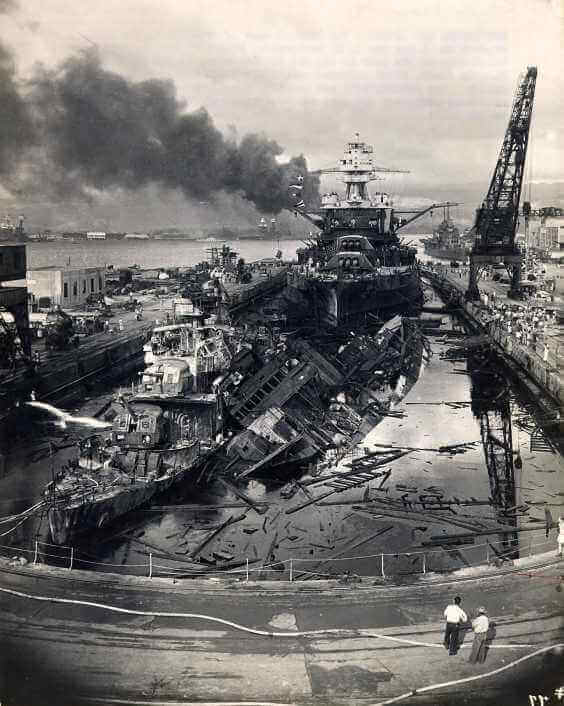
Furthermore, the photos of the Pearl Harbor Day Bombing have become an important part of the national memory and collective consciousness of the United States. They serve as a symbol of the country’s resilience and strength in the face of adversity, and remind us of the importance of remaining vigilant and prepared in the face of potential threats to our national security.
Overall, the photos of the Pearl Harbor Day Bombing provide a powerful visual representation of an event that has had a profound impact on American history and the world, and help us to remember and honor those who were affected by the attack.
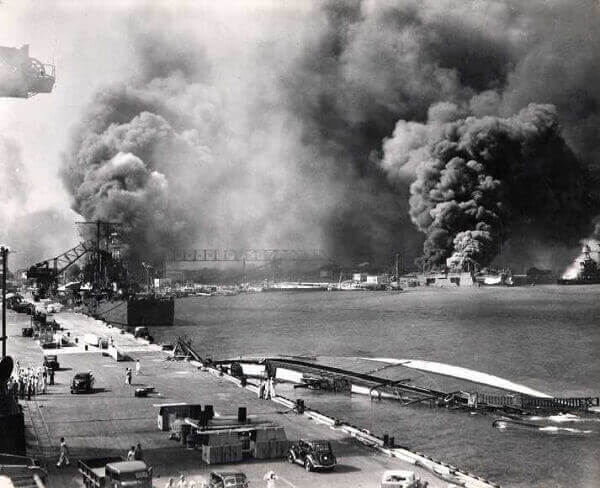
Pearl Harbor Day Bombing refers to the surprise military attack that occurred on December 7th, 1941, when the Imperial Japanese Navy launched a series of bombing raids against the United States naval base at Pearl Harbor, Hawaii. During the attack, Japanese aircraft dropped bombs and torpedoes on the American Pacific Fleet, causing extensive damage to ships, aircraft, and facilities, and resulting in the deaths of 2,403 Americans.
The Pearl Harbor Day Bombing is a significant event in world history, as it marked the beginning of the United States’ involvement in World War II and prompted the country’s declaration of war against Japan. The attack is often considered a pivotal moment that changed the course of the war and shaped international relations for decades to come.
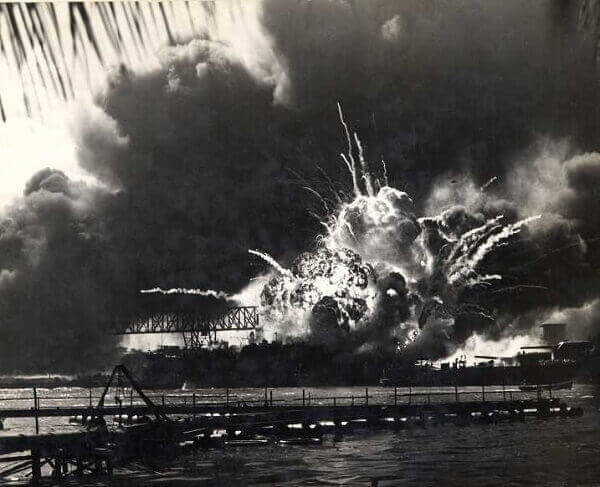
What do people do?
There are a number of ways that people commemorate the anniversary of the Pearl Harbor Day Bombing on December 7th each year. Here are some examples:
- Moment of silence: Many people observe a moment of silence at 7:55 a.m. (the time the bombing began) to remember the victims of the attack.
- Memorial services: Memorial services are often held at Pearl Harbor and other locations around the country to honor the service members who lost their lives in the attack.
- Wreath laying ceremonies: People may lay wreaths or flowers at memorials or monuments dedicated to those who died in the attack.
- Educational events: Schools and museums may hold events to educate people about the historical significance of the attack and its impact on World War II and American history.
- Veterans gatherings: Veterans of the armed forces may gather to share their experiences and remember their fallen comrades.
- Patriotism displays: Some people may display the American flag or other patriotic symbols in honor of those who served and sacrificed during the attack and throughout World War II.
These are just a few examples of the ways that people may observe the anniversary of the Pearl Harbor Day Bombing. The specifics can vary depending on the community and individual preferences.
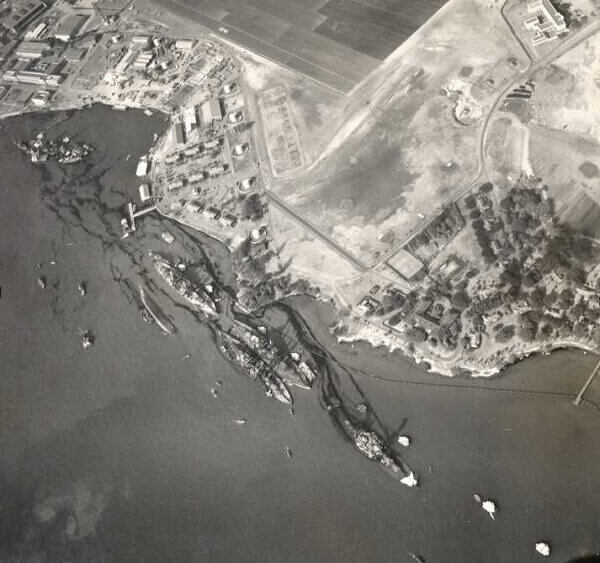
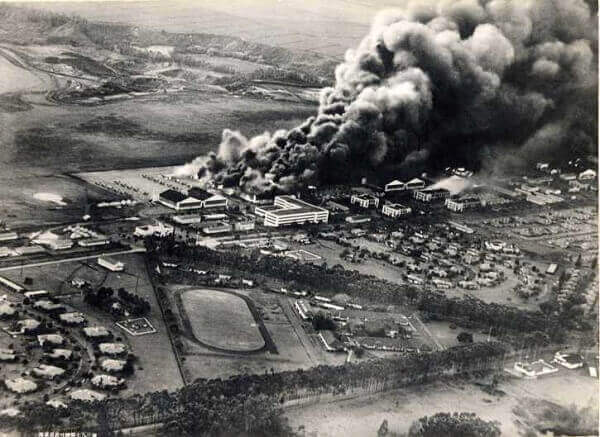
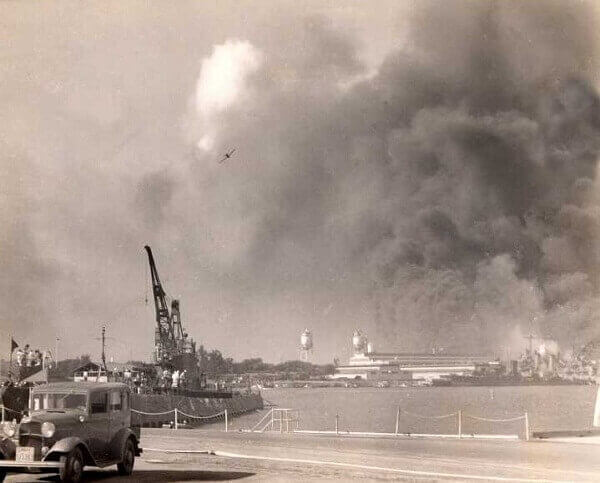
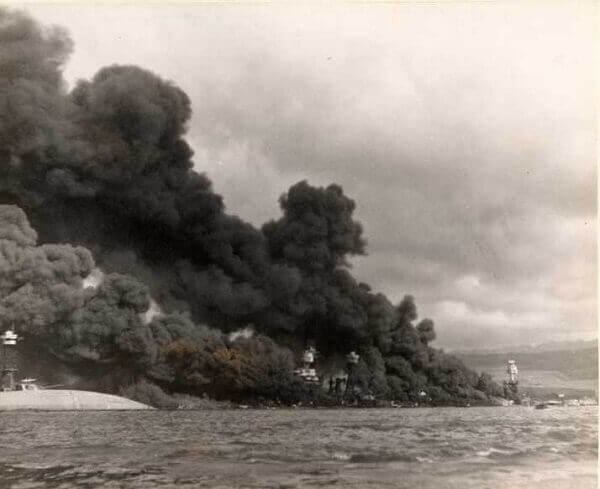
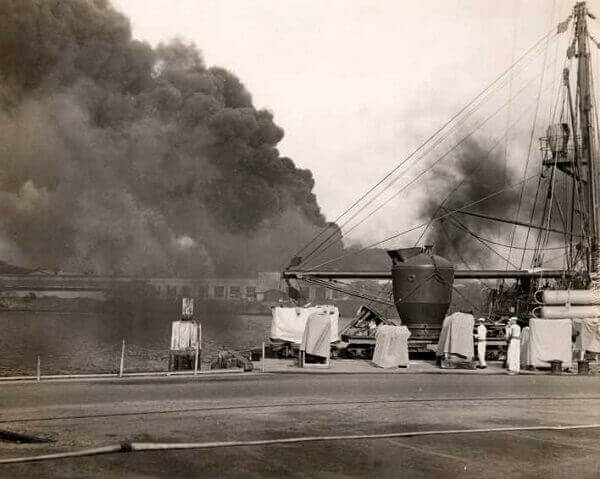
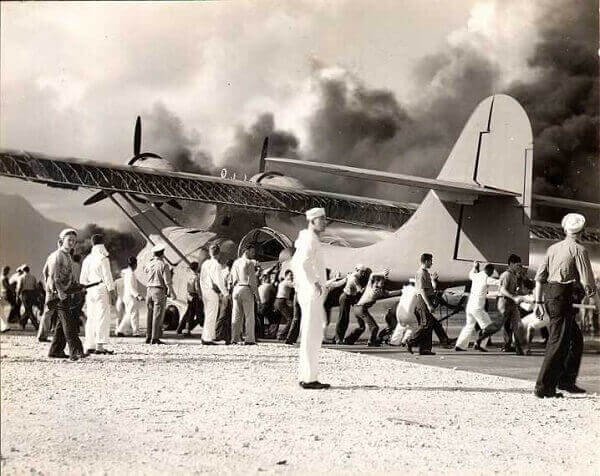
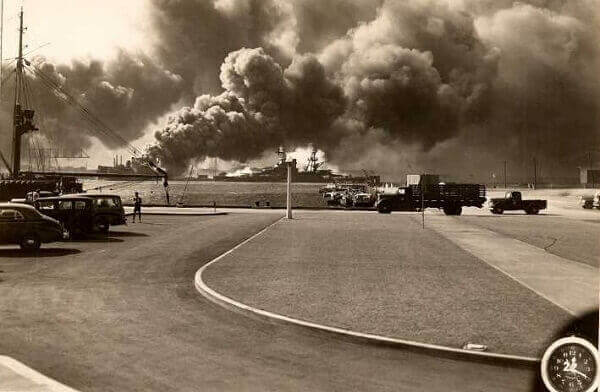
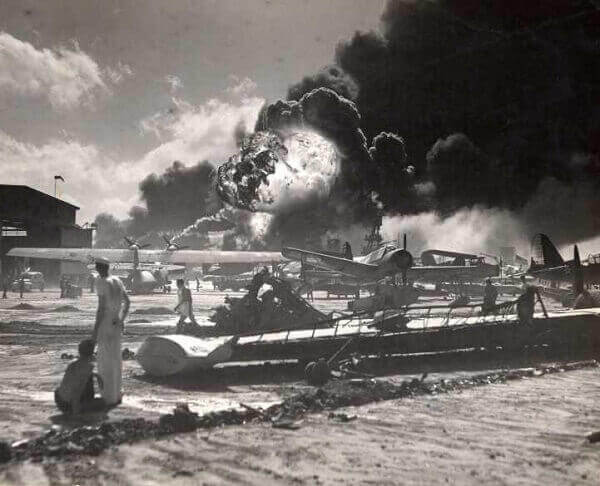
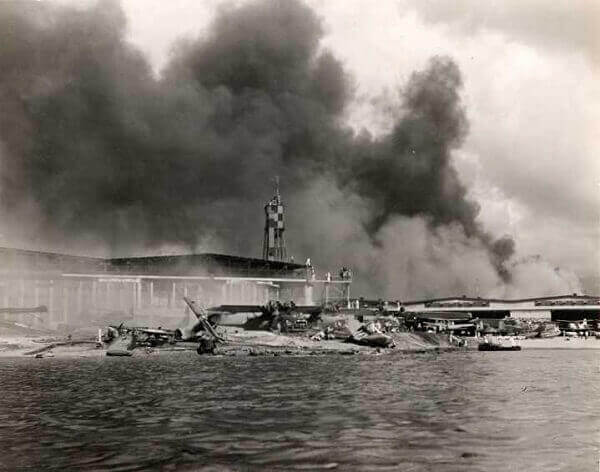
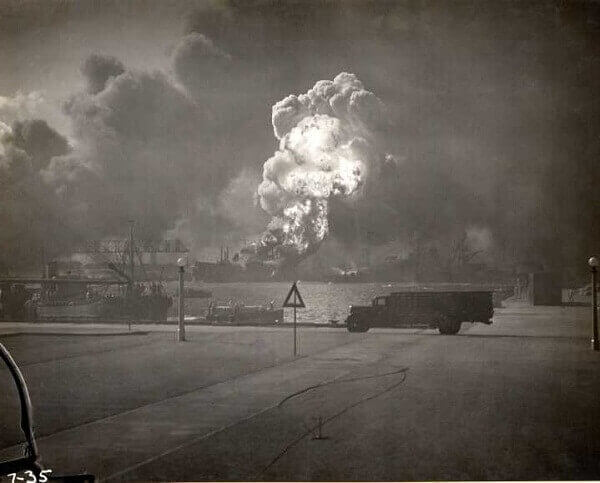
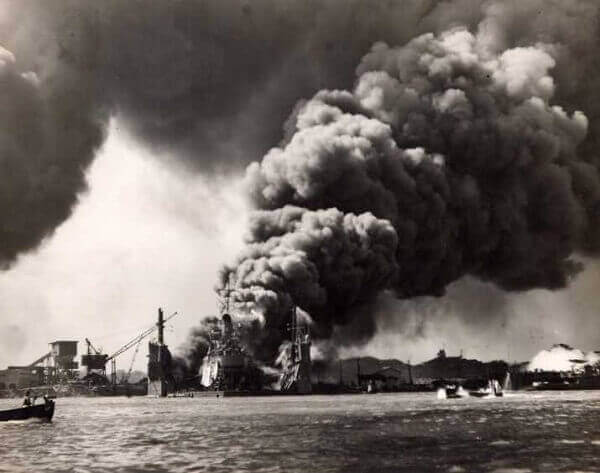
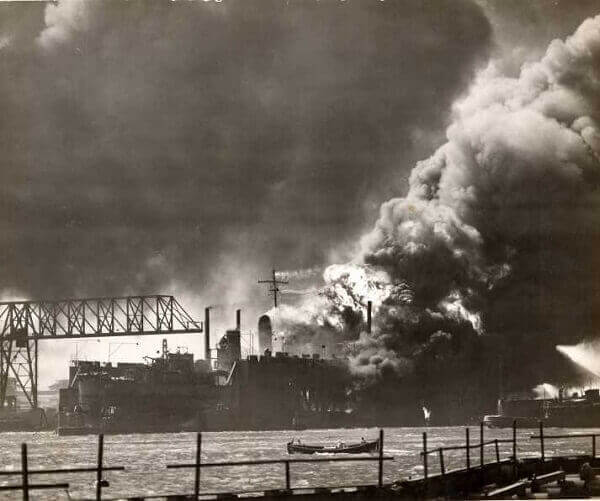
What are 3 reasons why Japan attacked Pearl Harbor?
There were several reasons why Japan decided to launch the surprise attack on Pearl Harbor on December 7th, 1941. Here are three possible reasons:
- Access to resources: Japan had been engaged in an aggressive military campaign in Asia since 1937, and by 1941, it was facing a shortage of resources, particularly oil and other raw materials. The United States, which had imposed economic sanctions on Japan in response to its military expansion, was seen as a major obstacle to Japan’s access to these resources. By attacking Pearl Harbor, Japan hoped to cripple the American Pacific Fleet and remove the United States as a potential military threat, thereby giving Japan greater access to the resources it needed to continue its military campaign in Asia.
- Military strategy: Japan’s military leaders believed that a surprise attack on Pearl Harbor would be a decisive blow against the United States and would allow Japan to achieve its goals in Asia without further American intervention. The attack was seen as a way to cripple the American Pacific Fleet and prevent the United States from launching a counterattack against Japanese forces in the region.
Ideology and nationalism: Japan’s leaders were motivated by a strong sense of nationalism and a belief in Japan’s imperial destiny. They saw Japan as a rising power in Asia and believed that it had a duty to establish dominance in the region. The attack on Pearl Harbor was seen as a way to assert Japan’s military power and demonstrate its determination to achieve its goals, even if it meant going to war with the United States.